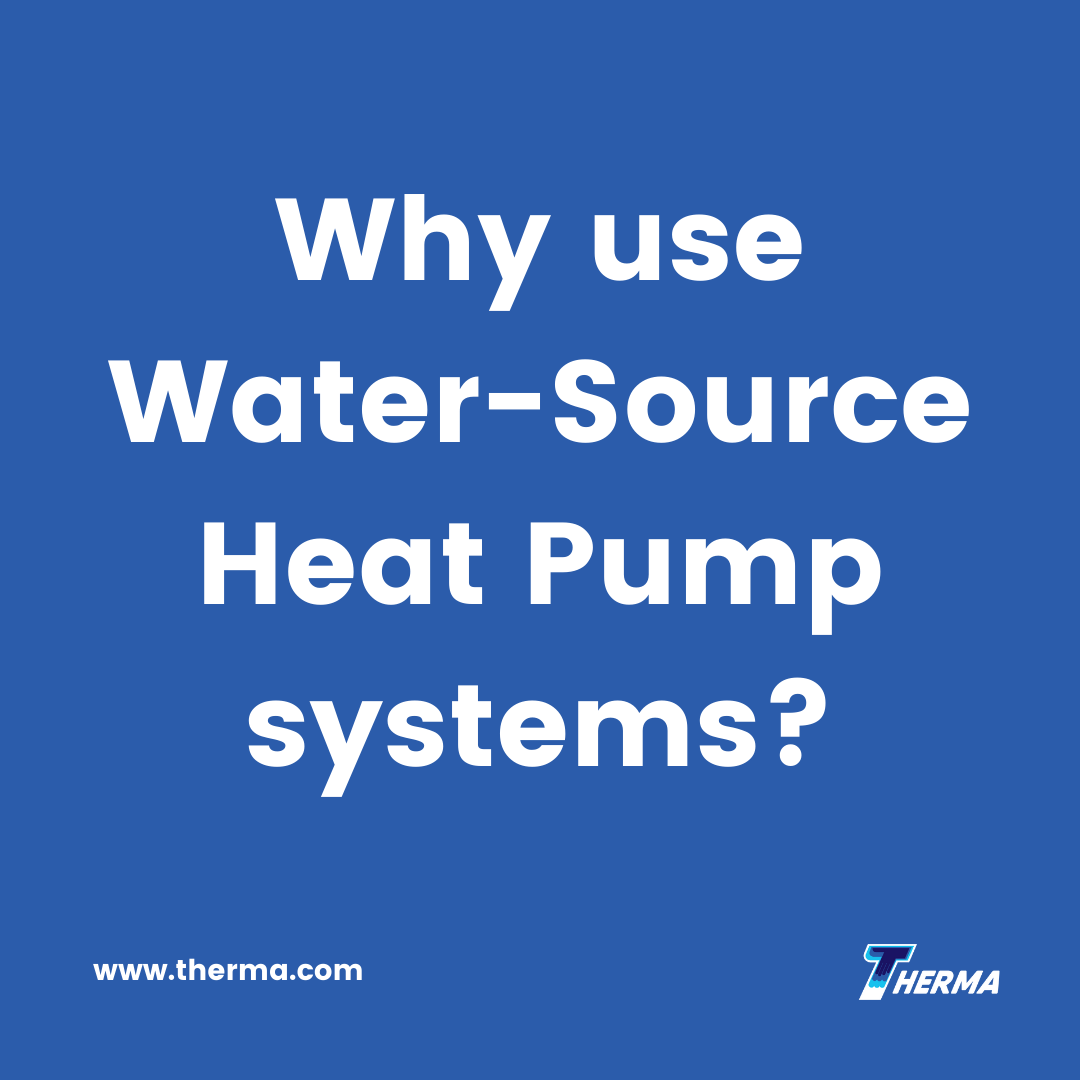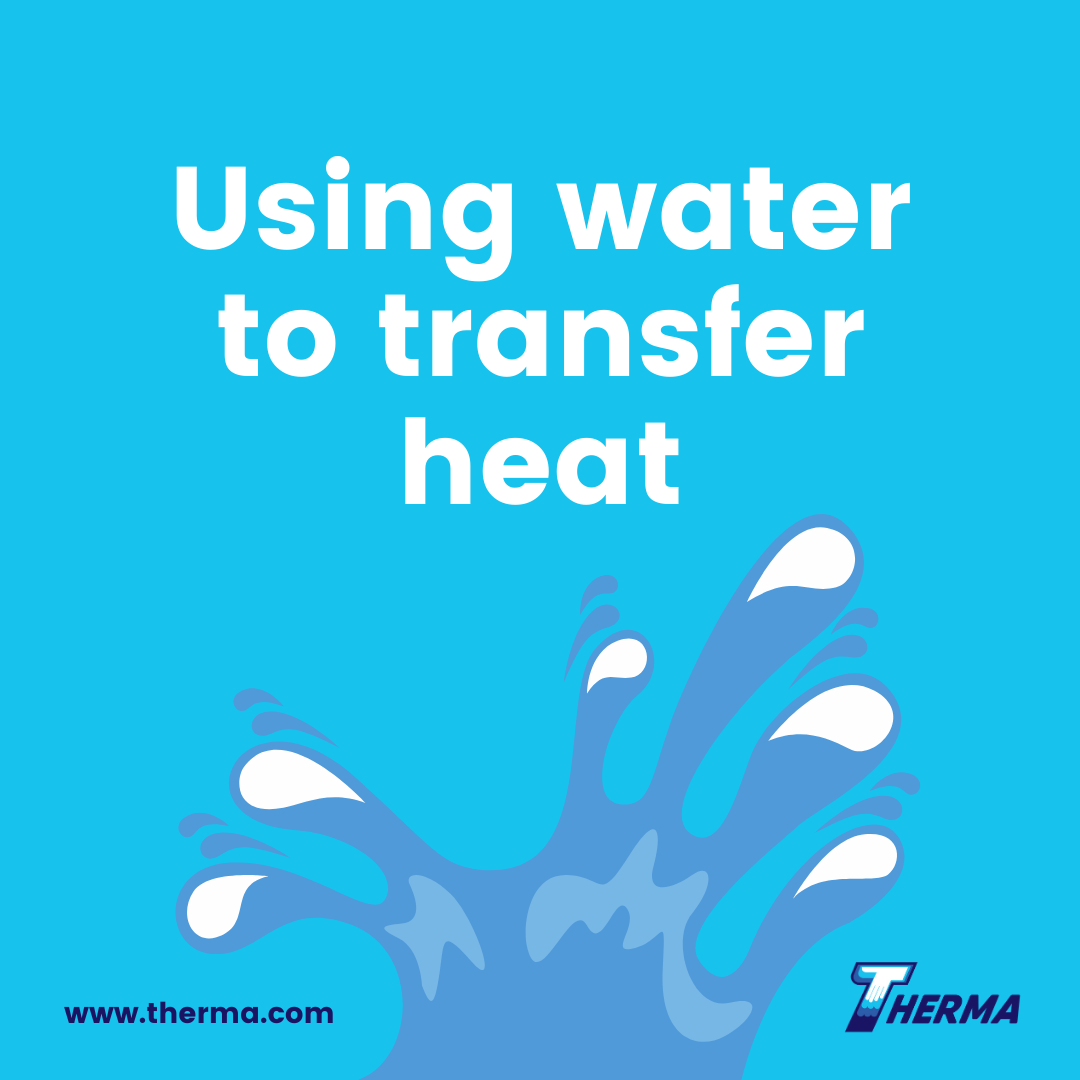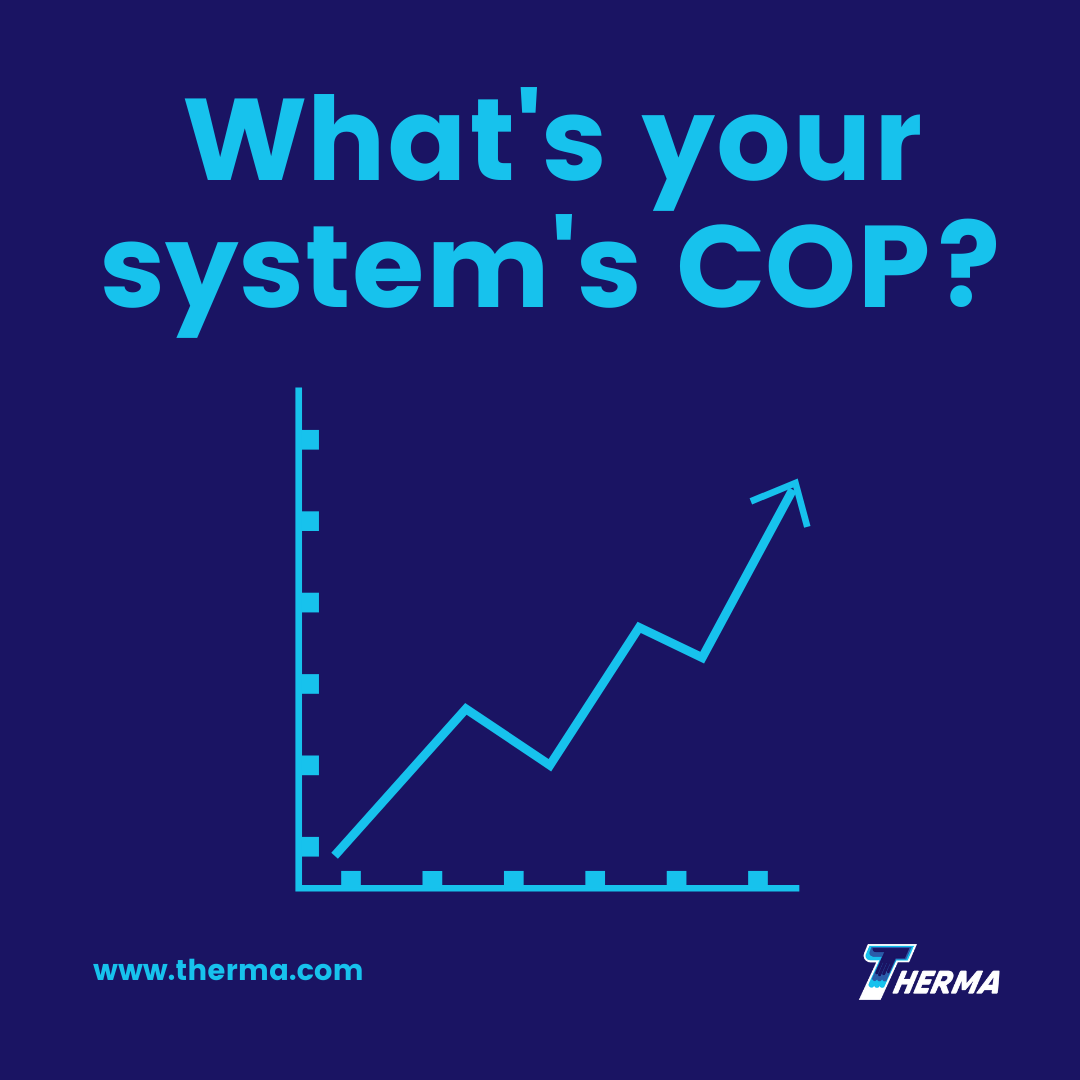By Patti Dees
Water-source heat pump (WSHP) systems take advantage of the heat transfer abilities of water to provide efficient redistribution of heat across multiple heating and cooling zones.
Water-Source Heat Pump: Getting into the Zone
WSHP systems include heat pumps in each zone. The heat exchanger interconnects the heat pumps. By connecting the zones, the systems collect heat from unwanted areas and redistribute it to other zones that need it.
Depending on the design, water is circulated through or over heat exchangers. The heat exchangers transfer the collected heat to a circulating fluid that carries the heat for use elsewhere. Circulating fluid is usually water or a water-glycol mix. Flow is reversible to enable both heating and cooling.
The temperature of the circulating fluid ranges from 65 to 90 degrees Fahrenheit. Supplemental equipment is necessary to help maintain the circulating fluid temperature. For instance, seasons may require the use of a boiler or an evaporative cooler for hotter locations.
Efficiency of WSHP systems is measured using the coefficient of performance (COP). COP is a ratio of the amount of heat the system transfers over the power input of the compressor. Systems are more efficient if they transfer more heat from the same power input. Therefore, a higher COP indicates a more efficient unit.
Variations on a Theme
Water-source heat pump systems run on a closed or open loop. This is partly determined by the system’s water source. Geothermal sources include lakes, ponds, wells and reservoirs. Tanks of water supplied by local utilities can also be used.
Open-loop systems pump source water from one location to the heat-pump heat exchangers and then return the water to another location. For example, water may be pumped from one well and discharged into another after the heat has been transferred.
The closed-loop system is more efficient and generally less expensive to install. Fluids in a closed loop are recirculated and stay within the system boundaries. For instance, metal heat exchangers or pipe coils are placed directly in a geothermal water source, say along a lake bed or settling pond. Circulating fluid, separate from the water source, is pumped within the coils between the source water and the heat pumps, transferring heat from the lake. Since the circulating fluid is recirculated and independent of the source water, it can include glycol, water treatment chemicals or refrigerants.
Benefits and Considerations
The most significant benefit to WSHP systems is the multiple zone configuration. Each zone retains independent temperature control. Designs are flexible and can be altered if a building is remodeled.
The redundancy of equipment in each zone allows one area to reuse heat from another area. This increases the system’s COP. Additionally, if the equipment in one zone fails, other zones are still functional. One caveat is that redundant equipment means scheduled maintenance needs to be repeated across all zones.
Water is more efficient at transferring heat than air. By taking advantage of this characteristic, WSHP systems require less room for ductwork than air-source units. This characteristic allows for lower ceiling-to-floor height. Some WSHP systems can also integrate with fire sprinkler systems, reducing space needs further.
The location of equipment and pipes is important. Units that are inside and out of the elements last longer. Careful planning of locations for fans and compressors also reduces noise complaints. Water pipes running throughout a building does increase the risk of leaks. However, some of this risk can be mitigated by including sensors that quickly identify leaks and positioning pipes so that leaks do not endanger expensive equipment.
Facilities can take advantage of the many benefits of WSHP systems. These systems provide efficient, independent control coupled with cost-reducing potential from repurposing heat.

Biography:
Patti Dees is a chemical engineer turned writer. She spins her polymath nature to produce clear and informative pieces on technical topics.
References:
- https://therenewabledesigncompany.com/technologies/water-source-heat-pumps/
- https://www.energydepot.com/RPUcom/library/HVAC012.asp
- https://www.energy.gov/energysaver/heat-and-cool/heat-pump-systems/geothermal-heat-pumps
- https://www.csemag.com/articles/the-benefits-of-using-water-source-heat-pumps/
- https://www.constructionspecifier.com/water-loop-heat-pumps-and-net-zero-2/
- https://www.pmengineer.com/articles/84610-water-to-water-heat-pumps









